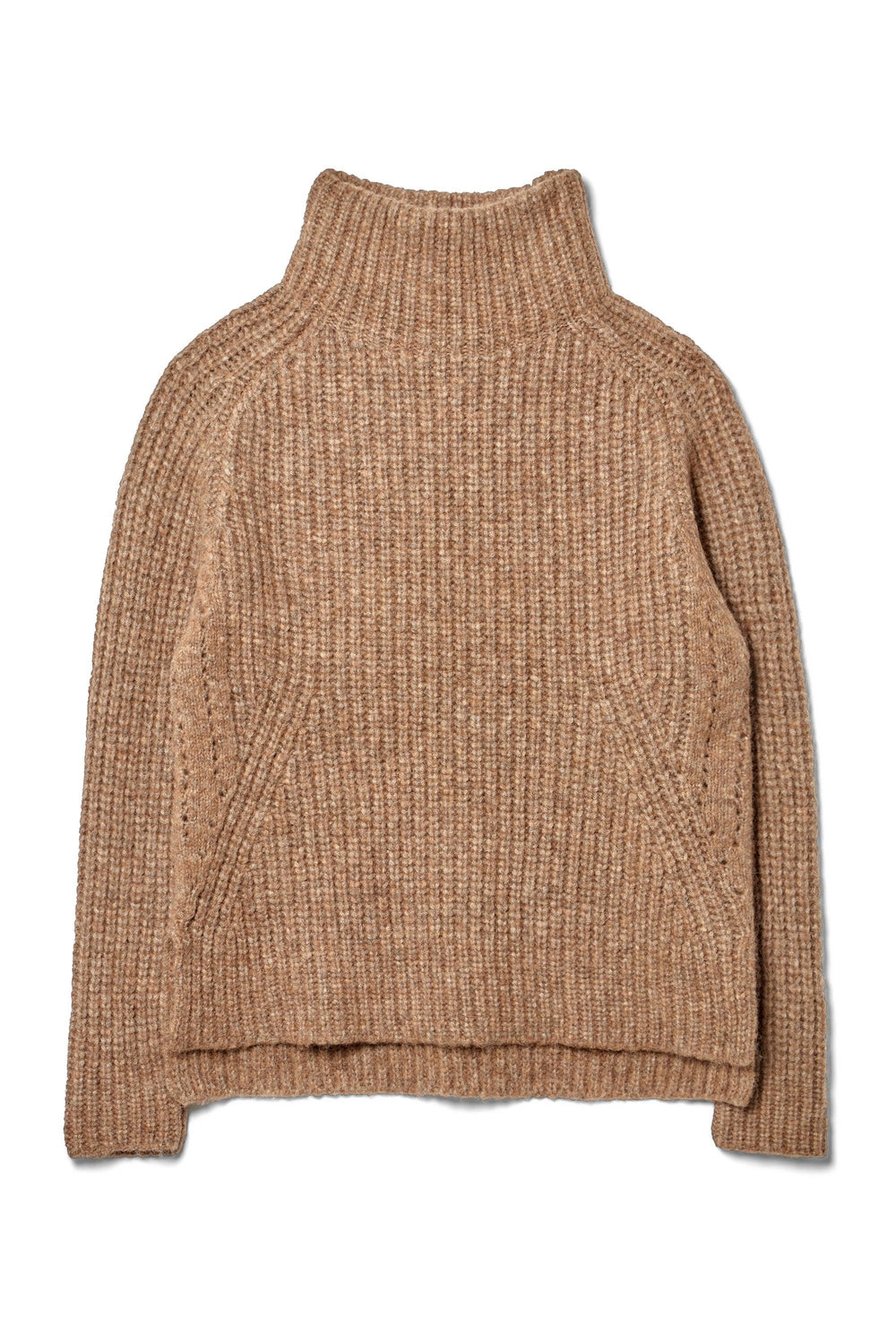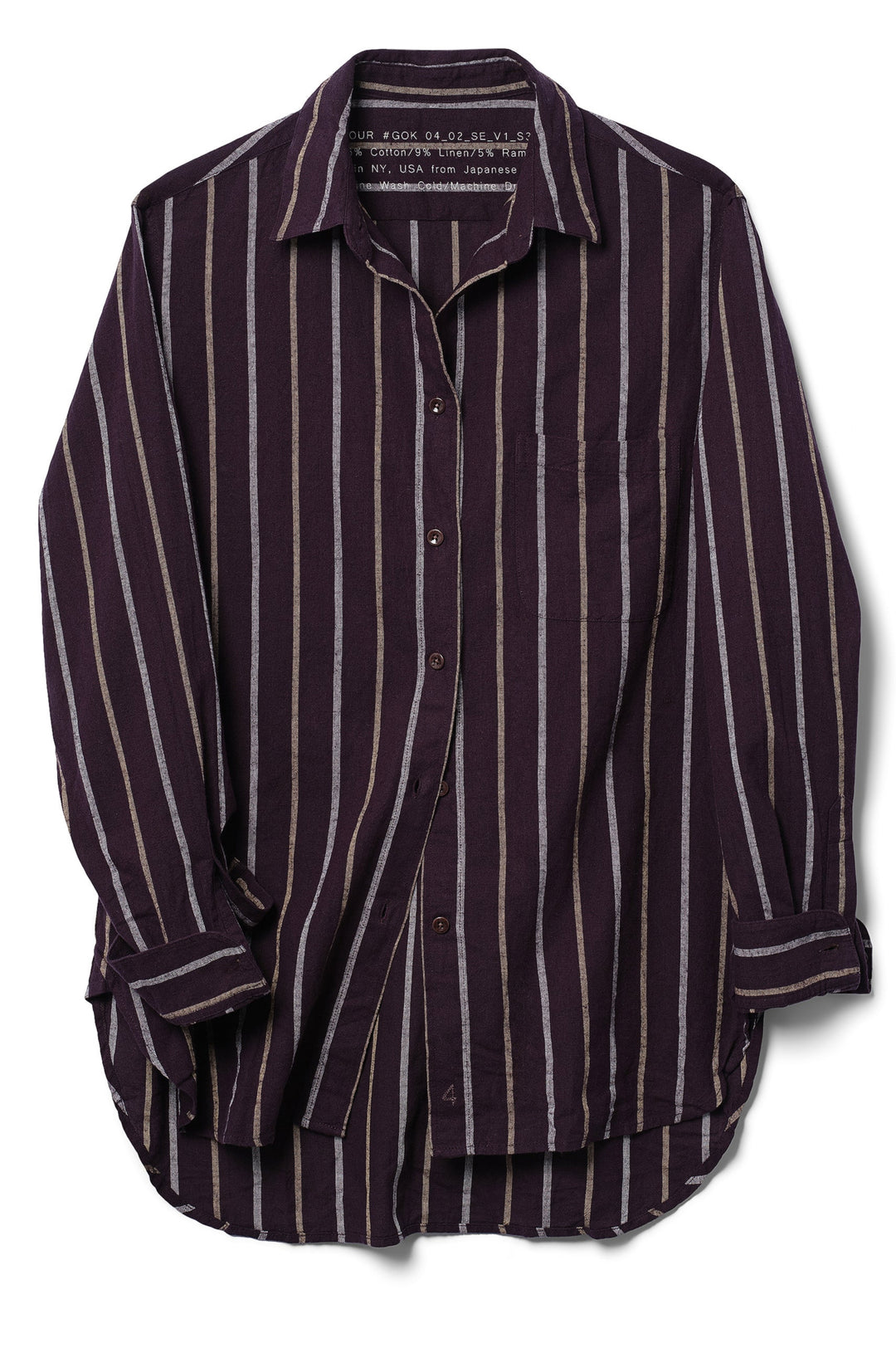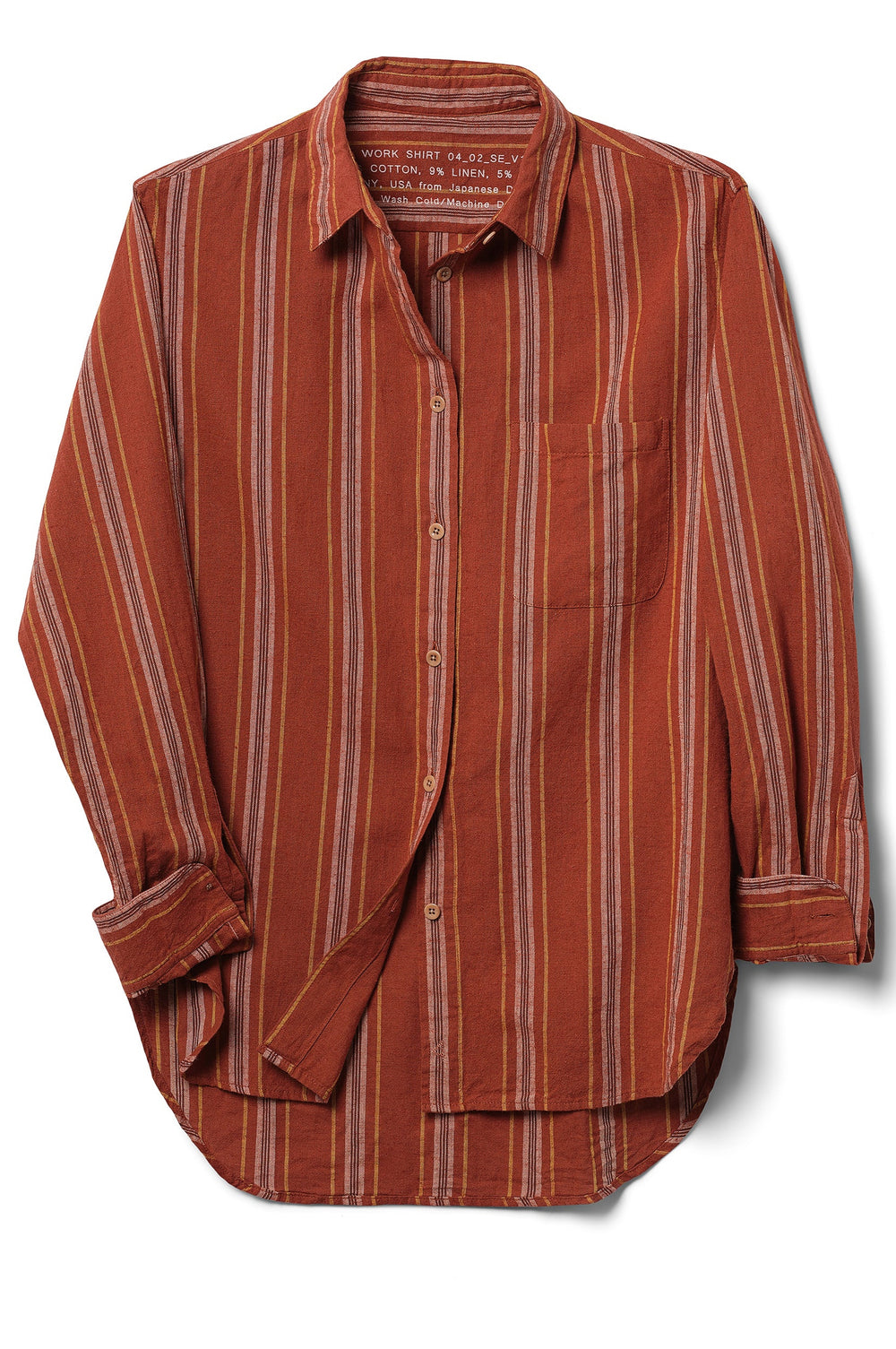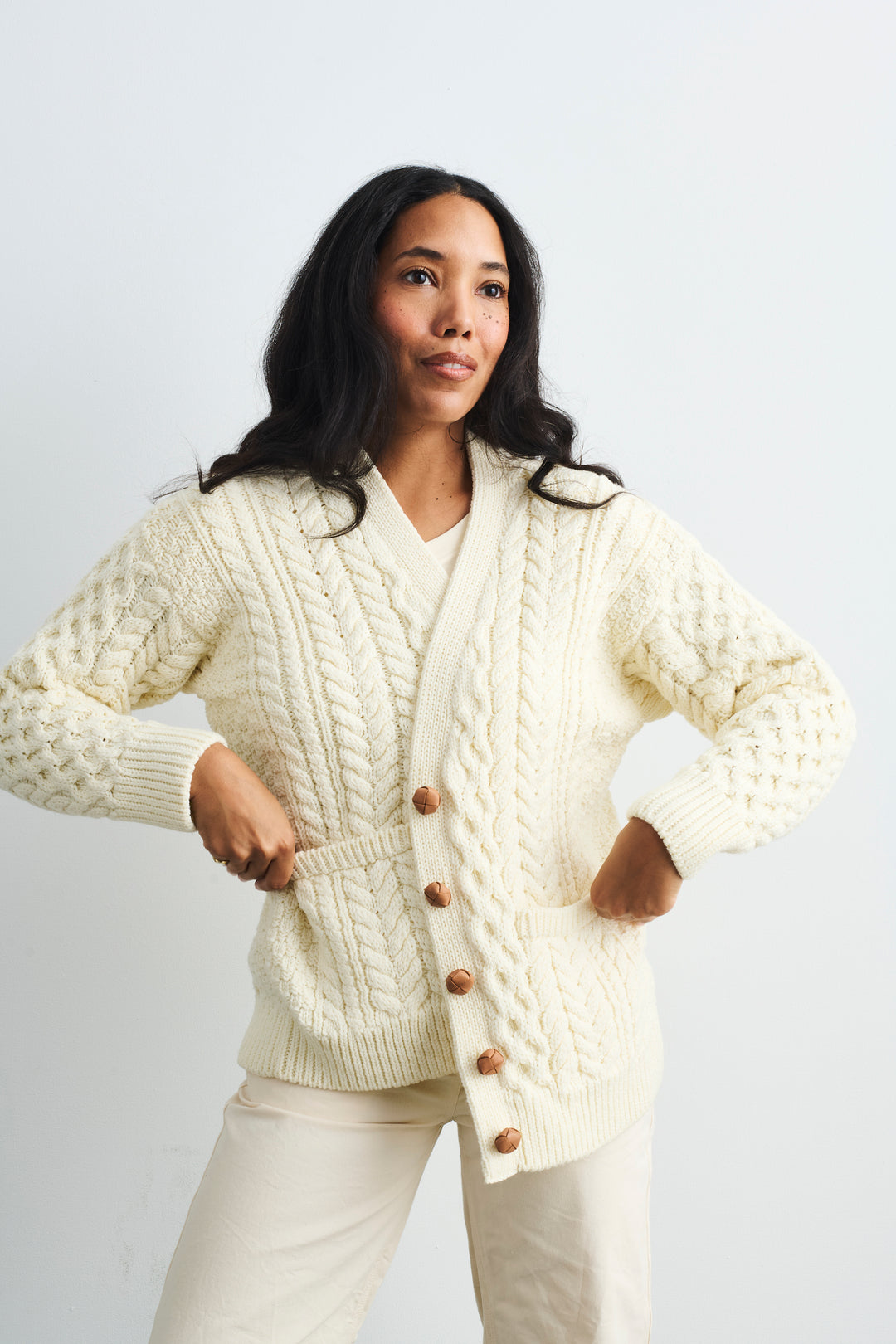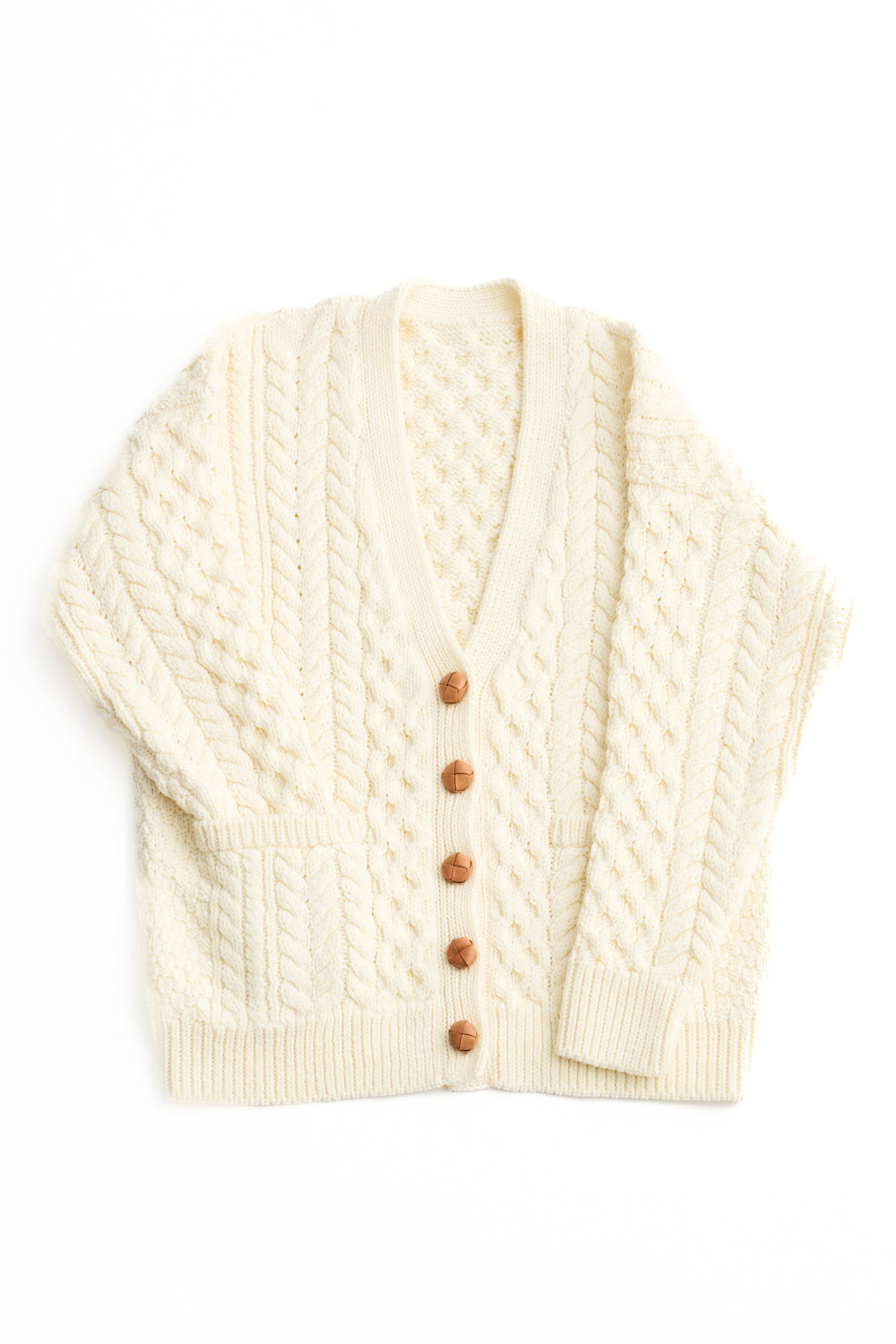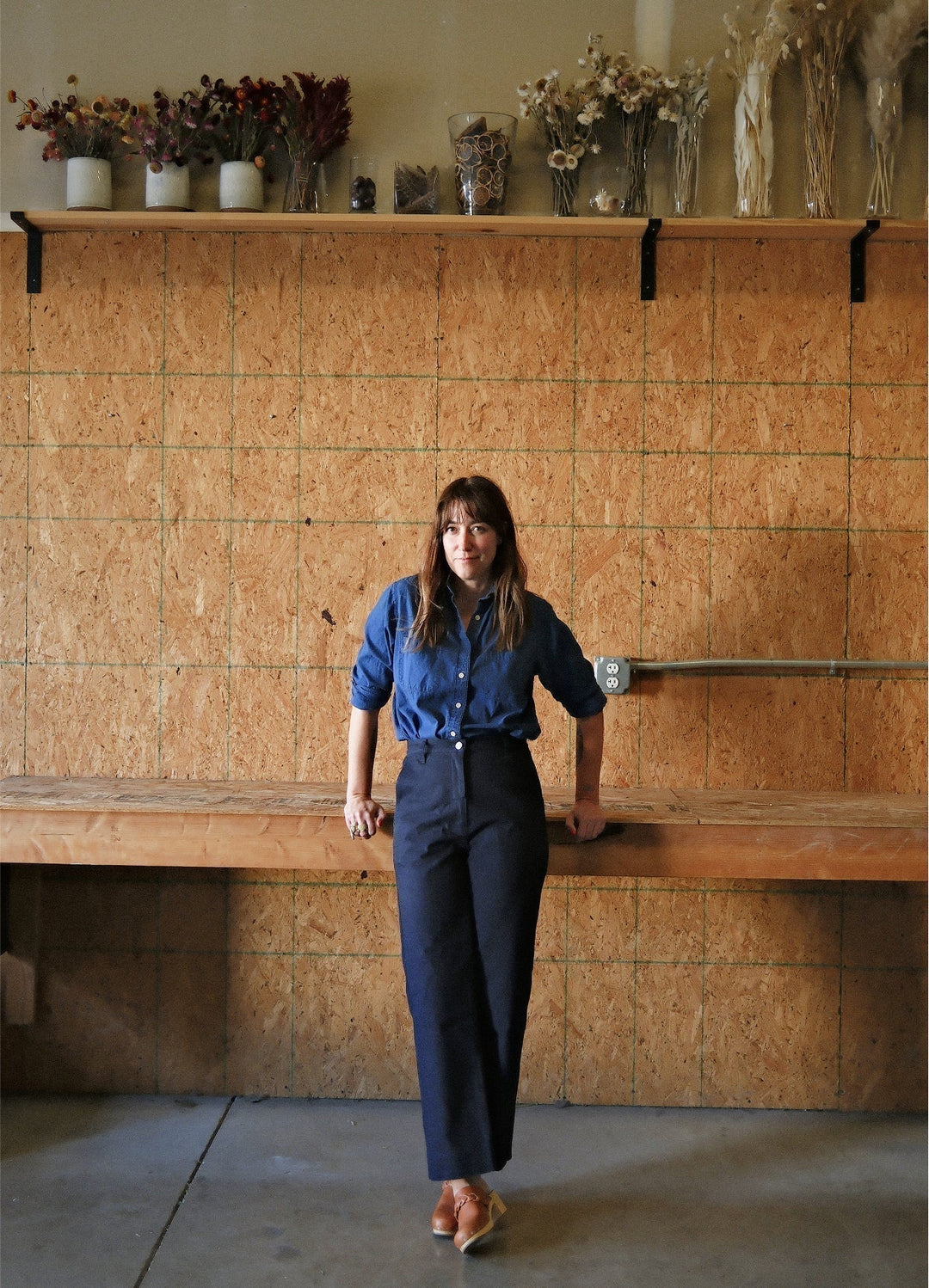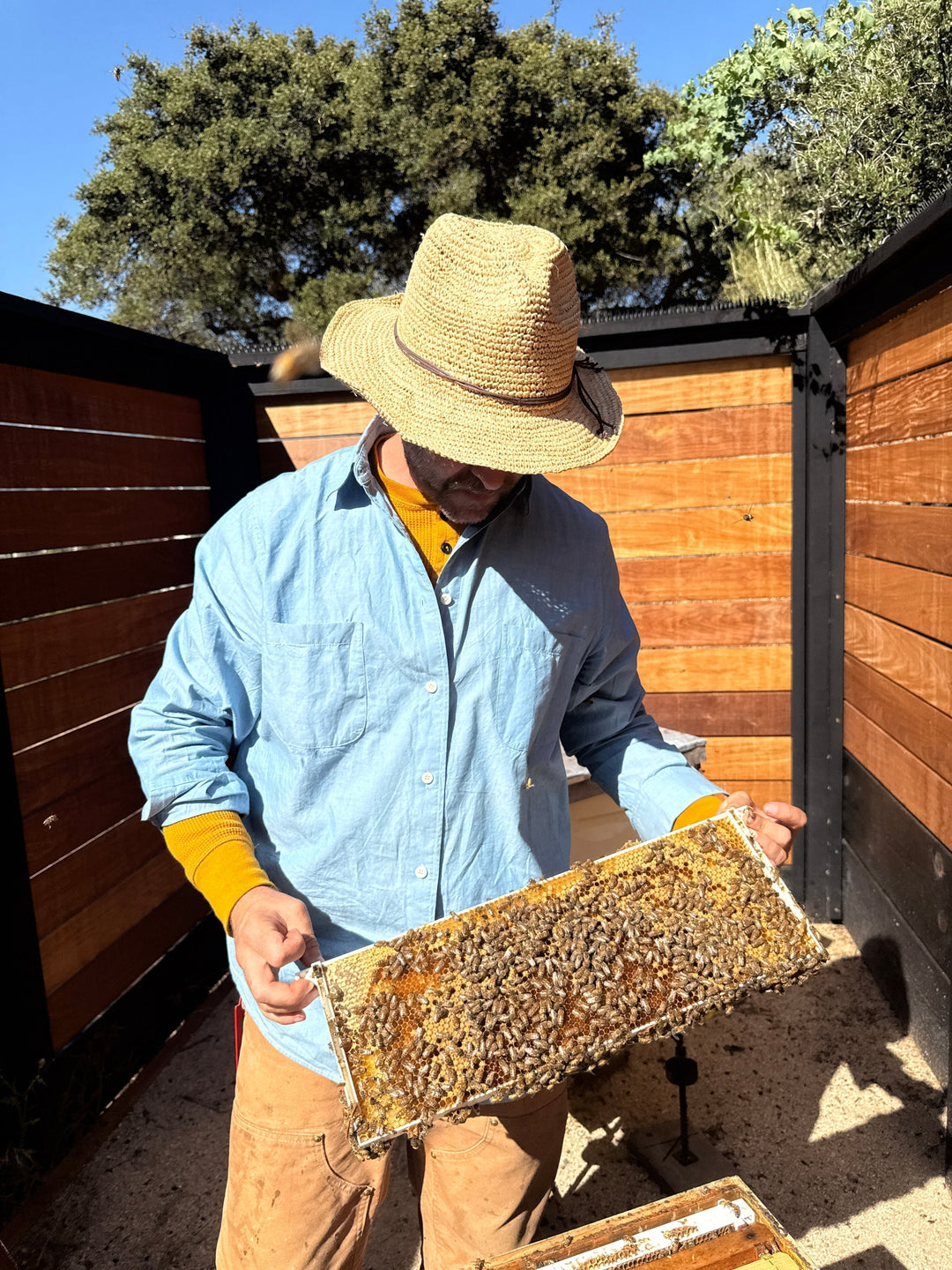Celebrities2Us: Emily Spivack
Emily Spivack is a Brooklyn-based artist, writer, and producer whose work draws from contemporary culture, clothing, history, and our relationship to everyday objects. She and her work have been featured in The New York Times, New York magazine, The Washington Post, The Wall Street Journal, NPR, Vogue, and Art in America.


Emily and I met in 2010 when she was putting her first book of Worn Stories together and I contributed a story about my father’s monogrammed oxford shirt. I’ve been following her incredible work since, and over the years we’ve had coffees and cocktails in various moments when we could connect. I’ve never read a book of hers or watched a series or film she’s produced without shedding tears and laughing out loud in turn. Emily has been able to capture the emotion we all feel about certain objects in our lives in a way I’ve never encountered before or since, which makes her the perfect subject for our latest interview. Interview by co-founder, Karuna Scheinfeld
Ku: This conversation is part of International Women's Month, and this project that we’ve started, to gift our Work Shirts to women who make work that inspires us. I'd love to hear more about the work you're doing right now and how you select your projects.
Emily: The project I am wrapping up at the moment is “Patrice: The Movie,” a documentary. I’ve been working on for three years. I created a website for Worn Stories in 2010 and the book came out in 2014. It became a New York Times bestseller, and the second book, “Worn in New York”, came out in 2017. The TV adaptation which I made with Jenji Kohan (“Orange is the New Black” and “Weeds”), and Morgan Neville (“Won’t You Be My Neighbor” and “Piece by Piece”) came out on Netflix in 2021. Patrice was one of the subjects from the TV show, and became my focus for the next few years for the documentary.

Ku: I've seen the movie. I loved the movie. My kids love the movie. What was it about Patrice when you featured her in Worn Stories that appealed to you? How did that relationship and your interest in her evolve into this film?
Emily: She was in an episode from Worn Stories about uniforms because she's been a crossing guard for many years, and she told her backstory through her crossing guard uniform. The first time I had a conversation with her, she cracked me up – she's got this amazing sense of comic timing, this sort of dead pan delivery and she's really fun to be around. I kind of fell in love with her.
She also had the most incredible sense of style. This kind of punk rock aesthetic. She’s an ice skater, she bowls, she makes costumes, hosted a kids’ cable access TV show. She's an artist and a Renaissance woman.

When we were talking to her about making a documentary, I initially thought it would be a character study, but then she invited us to her wedding. Patrice has a disability and her longtime partner Gary does as well, and she said, we can't actually get married because if we do, we lose our disability benefits– so we’re having a commitment ceremony. As a person without a disability, I had no idea that that was even an issue, so learning that opened up this whole other avenue that we pursued, and the documentary became a story about marriage equality (or inequality). It became a love story.

Ku: This is one of the themes that connects a lot of your work that I've watched through the years: clothing, style, fashion. Why do you think that is? I want to dig a little deeper into where that comes from. I've heard you tell some stories about your mom and her wardrobe, but what do you think is the root of that theme?
Emily: Patrice has this incredibly nonchalant and over-the-top sense of style. It's so fun to talk about clothing with her because it's about having fun with the things that we put on our bodies every day. Before the premiere of the film, she and I would text each other back and forth: “What are you wearing? What about this?" She's got a storage locker that has all kinds of costumes and outfits and she likes to experiment and play around with things. I see parallels in that capacity because for me, clothing has always been a mode of self-expression and experimentation.
The other reason I think I'm drawn to clothing, and I'm talking more about clothing than I am about fashion with a capital F, is because everyone wears it and it’s the only thing that separates our bodies from the experiences we have in the world. Our clothes absorb our experiences. We all walk through our lives wearing clothes and we have some of our most monumental moments wearing clothes. I also think that we can have fun with clothing, and I enjoy not taking it so seriously. Thinking about things like sweat stains on clothes or when clothes and we're trying to be all buttoned up and something ridiculous happens, our pants split or we lose elasticity in a waistband, and we can't hold it up.
Ku: Your work is also extremely emotional, whether it's a story in the book, the TV series or the movie. In each one of those moments your work brought me to tears, and I'm not a crier at all. Maybe because of my feelings about clothing as well, it was more raw. But what do you think it is that makes it so deeply emotional? Beyond just self-expression?
Emily: We have these things we’re wearing as we walk through the world and all of those experiences get mapped onto them. I mean, we all have something in the back of our closet that we can't get rid of, and sometimes you can't figure out why you can't get rid of it. It’s just a feeling. Maybe no one's really asked you the question before, what is it about this piece of clothing? When you do ask that question, it opens up something. It can become very raw. A person will say, I've never told this story before or I've never opened up and shared this.
Ku: Right. A way into an emotion they weren't even conscious of.
Emily: They're surprised they have opened up as much as they have or they're surprised that there's so much that's connected to that story. It's about clothes, but whoa, wait a minute, there's a lot going on here. You see people having an unexpected and very authentic experience.
Ku: What are some of the pieces in your wardrobe right now that are on your body all the time in this phase of your life? That you're going to look back on this moment with your family, with your work, and be like, "yeah, that sweater, those pants…”
Emily: I will just look at what I'm wearing today, which is a sweater and socks that were my mom's. My mom passed away a couple of years ago, she was a real collector of things. This is a sweater I never would have purchased for myself, but every time I go back to my parent’s home, I find a new drawer or closet I haven't looked at and I think, maybe I'll just try this on. It's the perfect cozy thing for a day like today. The socks that I'm wearing, I think at some point they actually had her name stitched into them. They’re wool socks she wore in college. How have they lasted so long? I find myself wearing a lot of her things because she's not around and I miss her. My sister and I joke that she had so many clothes we don't ever need to buy anything again.
Ku: I think it's so meaningful to have these associations with longtime items in your wardrobe because it creates layers of meaning every time you wear it. But I also love the idea, real or not real, that the object itself absorbs that meaning in some intangible way. And that even if it does end up in a thrift store or a resell store, the person buying it benefits from whatever that shared experience was. That there's something that gets retained in the fibers.
Emily: Yeah. I'm wearing these jeans today, these Levis's that are in my rotation that I'm wearing all the time. They're worn at the knees, and some of that is the person who wore them before me. I like that. And our knees don't totally align. I think that that person must have been a little bit shorter.
Ku: So, part of what we're exploring this month is the concept of “women’s work” and what that looks like now, what we wear to work. For us, the Work Shirt is the epitome of that. It's one of our bestselling items. It's inspired by the clothes Georgia O'Keeffe wore in the different phases of her working life: New York, Texas, New Mexico. I wear one to work almost every day. What I'm really curious about is when you think about working, how does that filter what you put on your body? And do you change your clothes based on the work you’re doing? In the environment? In the medium? What are working clothes for you?
Emily: I work from home, but I'm not a sweatpant person. I get dressed every day. I don't get dressed up, but I get dressed, like jeans and a sweater or a sweatshirt. I need to make a transition into the work day, and it's about having a few very distinctive pieces that that feel like me and I can wear all the time.
My mom was very stylish, she always looked very put together and it was effortless. I mean, she definitely had a face of makeup in a way that I don't, but she always looked really together. After she passed away, I felt like that torch had been passed on to me, to represent her in a similar way. I’ve tried my best but sometimes it conflicts with my desire to wear a really holey, beat up t-shirt and pair of jeans. It’s not like I feel pressure – I just feel her presence more strongly when I have her in mind when I’m getting dressed.
What I love about the Georgia O'Keeffe, the Work Shirt story, is that intersection between art, clothing and uniform. And the Calder pins she’d always wear. I’m drawn to artists who use clothing as part of their work. I like to think about clothing as part of my practice and that's one of my tools I keep coming back to.
Ku: So, International Women's Day always has an annual theme and this year’s is “Accelerating Action”. They specifically talk about that in terms of equity and justice and a lot of the big discussions that are happening right now, but taking a step back, when you think about the purpose of your work, how do you interpret that? What in your life right now do you feel drawn to leaning into in terms of impact and what's important to you?
Emily: This is such an insane uncharted moment in time. At this moment I'm a bit of a deer caught in headlights. What is my work? Does it even matter? It’s not much but maybe I can give people an opportunity to see themselves and the world a little bit differently, to be more open to things.
Ku: It makes me wonder whether maybe part of what everybody needs right now is something that's very simple and present. Those stories can be that for us all.
Emily: I don't know, but what I can do is get people to sit down and listen to each other, hear their stories and share their stories with one another. I can do that through my work. And I can do that through seeing patterns emerge in the world and shifting things so that people can see a little bit differently. I hope I can keep doing that.
Ku: That's great. I think that's a perfect end. Oh one more thing, what are your feelings about monogramming?
Emily: I'm so into it. I have a sweatshirter that a family friend made me when I was 12 years old , a sweatshirt that haswith my name on it, and I love wearing amy nameplatename plate necklace. If I’ve got something on that says EMILY, I like the monogram, I like things that have my initials, but I especially like things with my name. Using your clothing as a conversation piece; “Hi, I'm Emily” as opposed to not knowing if I can go up and talk to this person. I'm making it an introduction. I've got my name plate necklace or I've got my sweatshirt with my name on it and it creates an that approachability which is sort of the inverse of how we frequently think about clothing and fashion…
Ku: It's giving people a way in.
Emily: I have such a funny story to tell you. I got home from seeing you and showed Ian, my husband, the oversized Foundation Sweater you gave me and Ian asked to try it on and it looks amazing on him…
Ku: Yeah, this is not the first time we've heard this story.
Emily: …it looks so good on him, and we do trade clothes sometimes. He just wore it the rest of the day. It looks so good on him, it’s a statement piece on him but still subtle. Anyway, I was like, I hope she's going to be okay with the fact that we're going to be sharing this…
Ku: Of course, of course. I love that.




